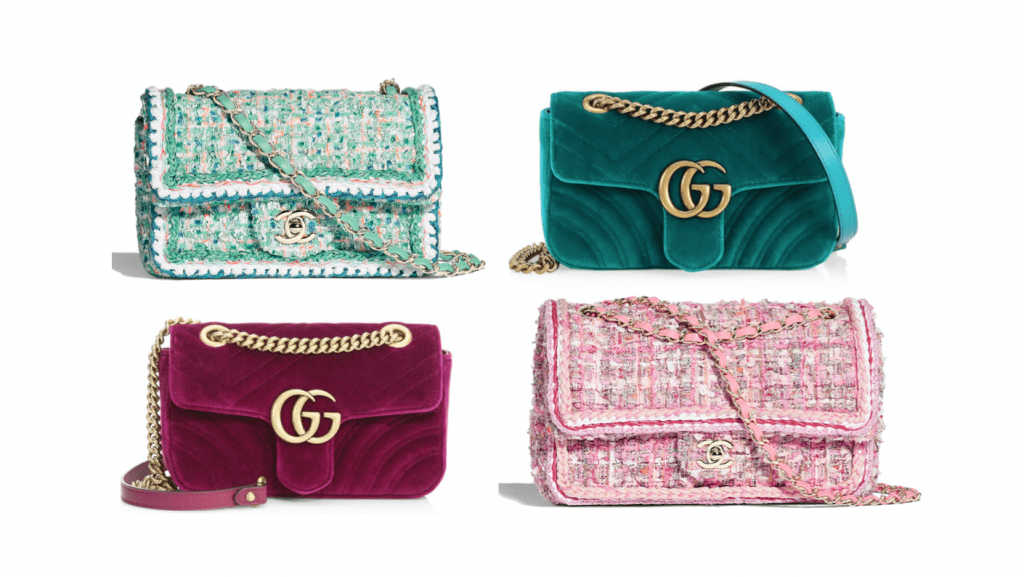Much has been made of blockchain, and how it can be applied in fashion. As revealed in a recent TFL article, this distributed, decentralized, public ledger technology could stand to make a significant impact in terms of boosting supply chain transparency (both for brands and consumers), as well as assist in cutting down on the unintentional purchase of counterfeit goods, which has become a topic of continued conversation in connection with luxury resale. But beyond those very obvious uses of this type of technology, there is something else, something that brands may – or may not – opt to use it for: policing the gray market.
Gray market goods – authentic branded goods obtained from one market (i.e., a country or economic area) that are subsequently imported into another market and sold there without the consent of the owner of the trademark – have been a longstanding issue in fashion. Highly-watched cases like the decade-long copyright fight between Omega and Costco – which centered on Costco’s practice of buying authentic Omega watches outside of the U.S. and then selling them in its American warehouse club stores for a discount – and Kirtsaeng v. John Wiley, which centered on the sale of imported textbooks, have helped to provide insight by way of case law.
A combination of new factors, however, make the gray market – and more generally, the sale of goods by retailers outside of a brand’s “authorized network” – a topic of enduring interest, even if the practice, itself, is not a novel one. Recent lawsuits, such as the one that Dermalogica filed against Target in November, have seen at least some brands upping the ante in the fight against the distribution of these authentic products. The rise of Amazon, as well as resale sites, at least some of which are offering new-with-tags products, also brings the traditional gray market and unauthorized sales practices (not legally speaking but from a brand perspective) of retailers like T.J. Maxx back into the forefront.
These developments are coupled with some luxury brands’ legal efforts to strictly control the channels of distribution through which their products are sold, whether it be Chanel’s lawsuits against resellers or Coty’s European Union fight against the sale of its products on certain unauthorized e-commerce marketplaces.
With this in mind, the supply and distribution-chain monitoring capabilities that blockchain provides would appear to be one of the more compelling applications of the technology, and while at least some brands, such as the notoriously-controlling Chanel, are likely clamoring for the ability to keep their products out of unauthorized channels of distribution, others might not be so eager.
The reality of distribution outside of a brand’s list of authorized retailers is double-sided.
The mainstream portrayal of the gray market and other unapproved channels by the media and by nearly all brands, themselves, is a markedly unflattering one. Gray market-induced distribution can “interfere with [brands’ existing] contracts and economic relationships,” as Dermalogica argued in its lawsuit. Such widespread distribution outside of brand’s authorized retailer can diminish the prestige and exclusive image of a luxury entity, other assert.
Yet, what is less frequently discussed in connection with the sale of goods vis-à-vis the gray market or other authorized channel is that at least some brands are actively participating in it. As TFL previously reported, that no small number of brands are either very quietly selling off their merchandise to retailers like T.J. Maxx and online equivalents, or turning a blind eye when their authorized retailers do so in an attempt to bring in as much as millions of dollars for unsold products at the end of the season that might otherwise be destroyed.
BoF, citing sources last year, confirmed that while “few luxury brands will discuss the practice, most participate in some form, including Gucci, Prada, Dior, Louis Vuitton and Valentino,” for example. “Brands tolerate grey market activity for the sake of making their short-term results better — never mind the long-term damage,” Luca Solca, the former head of luxury goods at Exane BNP Paribas, told the site, who estimates that the gray market accounts for “5 to 10 percent of sales” for many luxury brands.
Regardless of the way that brands are doing away with unsold wares, they are uniformly keeping their mouths shut about the upsides of such practices in order to maintain their premium positioning while simultaneously reaping benefits for their own bottom lines, meaning that luxury brands will certainly adopt blockchain for an array of uses, if they have not already begun to do so. One thing they likely will not be opting to use it for though: cutting out that end-of-season retailer, which is helping them to pad their balance sheets.











